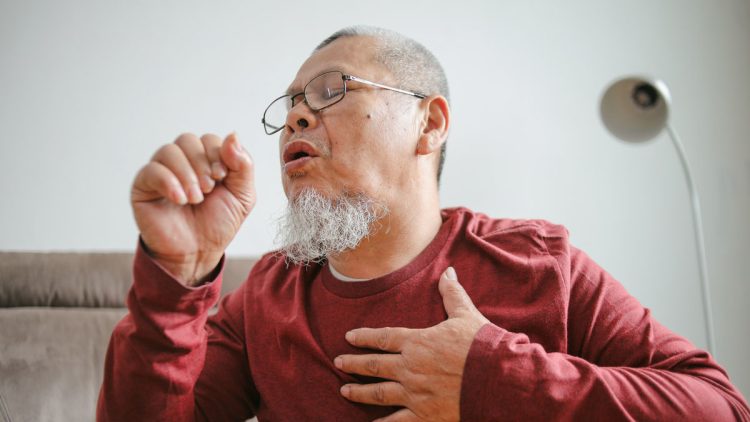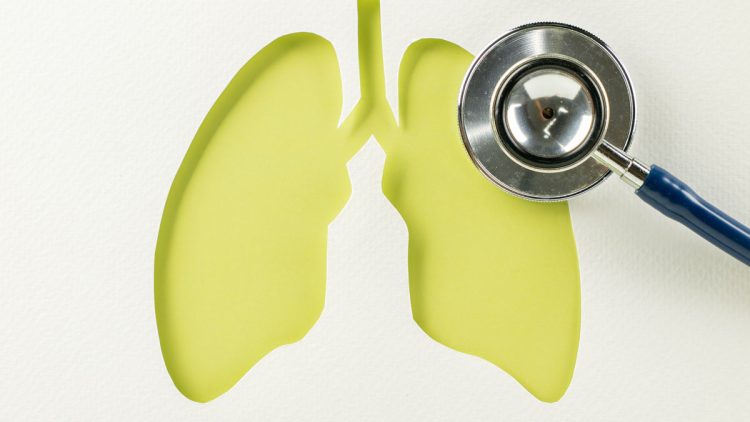What Causes COPD?
After a while, exposure to lung irritants such as tobacco smoke or chemicals can adversely affect your lungs and airways. This lengthy period of exposure can cause chronic obstructive pulmonary disease (COPD), which includes emphysema and chronic bronchitis. The main factor of COPD is smoking, nevertheless 25% of people living with COPD have never smoked.
- Smoking
- Job related exposures
- Air pollution
- Alpha-1 Antitrypsin Deficiency
COPD Safety Factors
COPD is typically called “smoker’s disease” however even though smoking is one of the primary safety factors for developing COPD, people that have never smoke can also develop COPD. Other safety factors might include:
- A background of childhood respiratory infections
- Smoke exposure from wood or coal burning stoves
- Secondhand smoke exposure
- Individuals with a history of asthma
- Individuals that have underdeveloped lungs
- People that are forty years old and older as lung function wanes as you age
Whereas these causes and safety factors may increase your risk to develop COPD, people that live in poverty and people that live in rural areas have more potential to develop COPD. Besides smoking status, other reasons for the increased risk to develop COPD may include exposure to indoor and outdoor irritants, job related exposures and lack of health care access.
Early Warning Signs of COPD
Don’t postpone talking to your health care provider concerning respiratory symptoms—early detection could improve your quality of life.
Reduce Your Risk for COPD
If you are concerned about developing COPD, you can implement steps to decrease your risk.
Avoid Exposure to Secondhand Smoke.
Keep up to date with your COVID-19, pneumonia, and flu vaccinations. These vaccines help safeguard you against respiratory viruses.
When you are exposed to chemicals, dust and fumes through your place of employment, use proper protective equipment and take safety training courses.
COPD is a progressive illness, and it can worsen after a while. If you have safety factors for COPD or are experiencing symptoms, do not put off talking to your health care provider. The sooner you are diagnosed with COPD, the earlier treatment can start.
Vista Winds Is An Upscale Retirement Community Located In Peoria, Arizona
If you are doing research about retirement communities in Peoria, Arizona, Vista Winds Retirement Home should definitely be on your list. Vista Winds offers retirement living at its finest. We have a rich calendar of activities, meals prepared by a Chef and caregivers on staff 24 hours a day for your health and safety. We offer award winning independent living, assisted living and memory care services. Come tour our community to see how we are a step above the rest and how easy it is to Make Yourself at Home! Vista Winds is surrounded by amazing views and our resort style property will be sure to impress!



